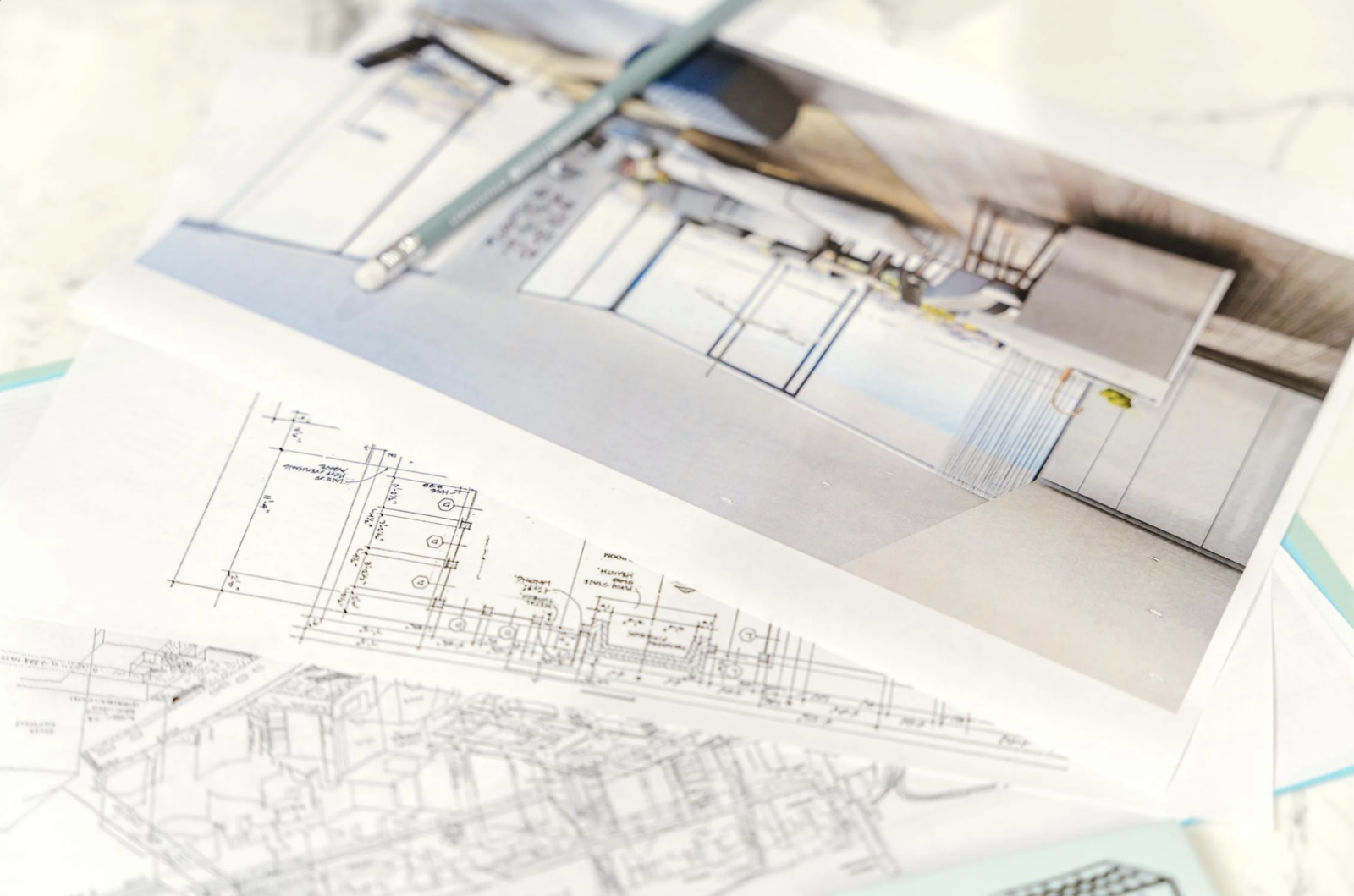The median size of a new home, now 2,179 square feet, has fallen to its smallest footprint in more than a decade.
A recent Washington Post article notes that “D.R. Horton, the country’s largest home builder, sold more than 82,000 homes last year, most of them under $400,000 and to first-time buyers. Its lineup now starts at about 900 square feet.”
“… Even Toll Brothers, known for its high-end properties with an average sales price of $1 million, is downsizing to lower-priced options, which are also faster to build,” the article continues. “Sales of ‘affordable luxury’ homes — starting at about $400,000 — more than doubled in the past year, outperforming more expensive properties.”
Citing an analysis from the National Association of Home Builders, the article also notes the increasing popularity of townhouses, which it says accounted “for one in five homes under construction at the end of 2023, a record high.”
There are several reasons for shrinking home sizes, most notably including rising building costs and high interest rates. But they are also being driven by smaller families and the mass of retiring baby boomers who are downsizing.
We have a housing shortage in this country and, particularly in some areas, not a lot of space for any new home construction, let alone sprawling homes built on acreage. In the core of my city, builders are slotting energy-efficient, shipping-container-style narrow homes into older neighborhoods to expand the housing stock.
There’s also a shift in generational thinking, with millennials and especially Gen Z valuing experiences over things, like furnishings for a large home.
There will always be people who build large homes. (Wired recently did a deep dive into the $270 million Koolau Ranch compound that Mark Zuckerberg is building in Hawaii. I noted that the project includes a 5,000-square-foot, self-sufficient underground shelter. That is more than twice the size of the average home I mentioned in the first paragraph of this article.)
But the trends driving smaller home sizes are likely to continue well into the future. What could this mean for designers and homeowners?
- Establishing priorities: Most of us would love to have “extras” like exercise rooms, home offices, mudrooms (with pet washing stations!), bathrooms with spa amenities, large laundry rooms, outdoor kitchens, entertainment/gaming/hobby spaces, guest houses and more. But smaller home sizes require taking a hard look at how we live our lives — not how we aspire to do so. Good designers learn how clients spend their time and what they value most. They can help guide homeowners to smart decisions about must-have features and show homeowners how they can meet other needs without additional single-use spaces. And that brings us to the next item …
- Focusing on multifunctional spaces: As many apartment dwellers have long known, when space is limited, those spaces need to fill multiple roles, such as the dining area that doubles as a home office. But doing so graciously and attractively — so that dining area doesn’t look like a home office when guests arrive — is hard. Designers can be an invaluable help in creatively configuring a multifunctional space and finding beautiful furnishings that do double duty.
- Finding ways to add interest. “To cut costs, companies are building smaller and taller, with fewer windows, cabinets and doors,” according to The Washington Post. Translation: Developers are building featureless boxes. About a month ago, I drove by a new development of midpriced homes, all windowless on one side. As a lover of natural light who has gorgeous 110-year-old divided-light, double-hung windows in her home, I found those windowless walls truly depressing
Such featureless homes will present challenges and opportunities for designers to incorporate interesting light features and augment storage. And designers may need to convince homeowners to undo the “mistakes” of builders by adding in the windows, cabinets and doors that should have been there in the first place.
- Accommodating multiple generations: Even if the houses are smaller, high housing costs and shortages of suitable housing mean more generations are sharing spaces. Multigeneration households include adult children living at home while they save for their own house and parents/grandparents moving in with younger family members who can care for them as they age. Such arrangements require new ways of designing communal and private spaces within a home to bring people together but also give them a sense of autonomy and a place to retreat.
- Offering a broad range of services: If people are buying smaller homes because they are priced out of larger ones, they may not think they have the money to hire an interior designer. But many designers are developing lower-cost, off-the-shelf packages, especially for bathrooms and kitchens, that recommend flooring, countertops, fixtures, paint colors and other items. It’s not the same as a custom design, the packages but can help introduce homeowners to the value of an interior designer and allow them to create an attractive space at a lower cost. One challenge for designers is getting the word out about such services.
“Smaller” doesn’t have to mean “less than.” And I think interior designers are key to helping owners of smaller homes make the most of their spaces. It’s certainly a growing part of the market.




